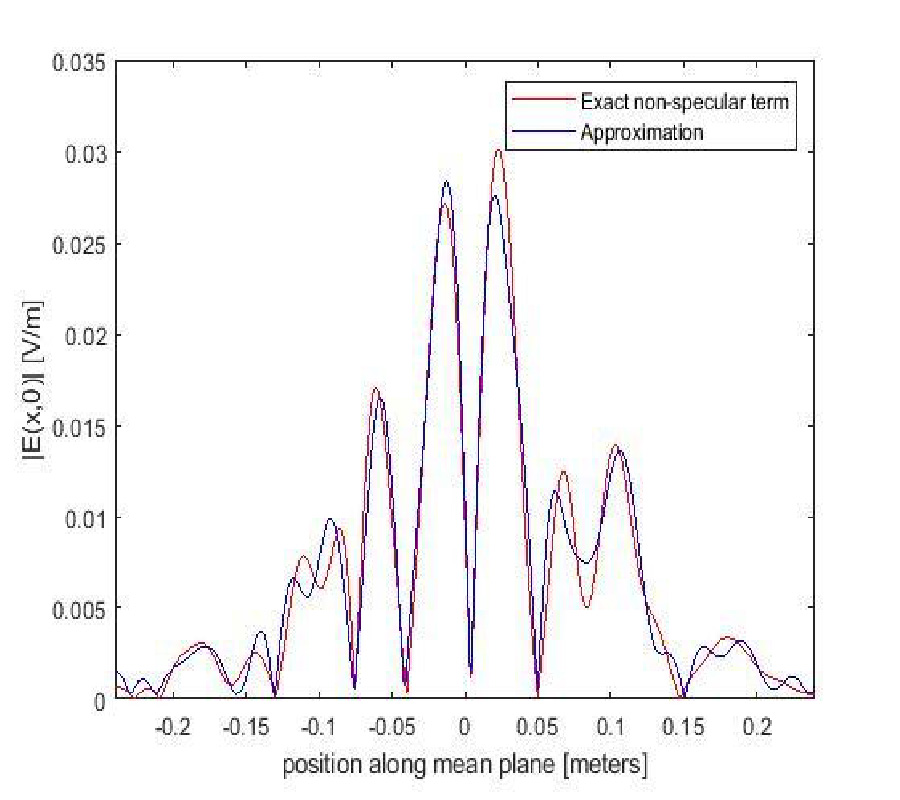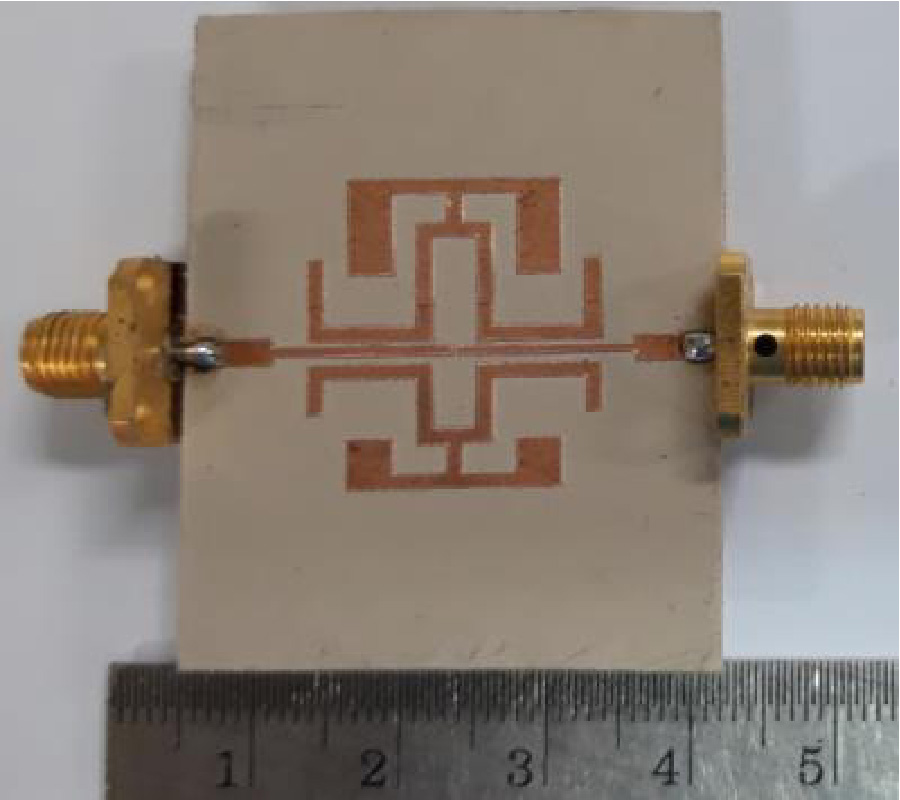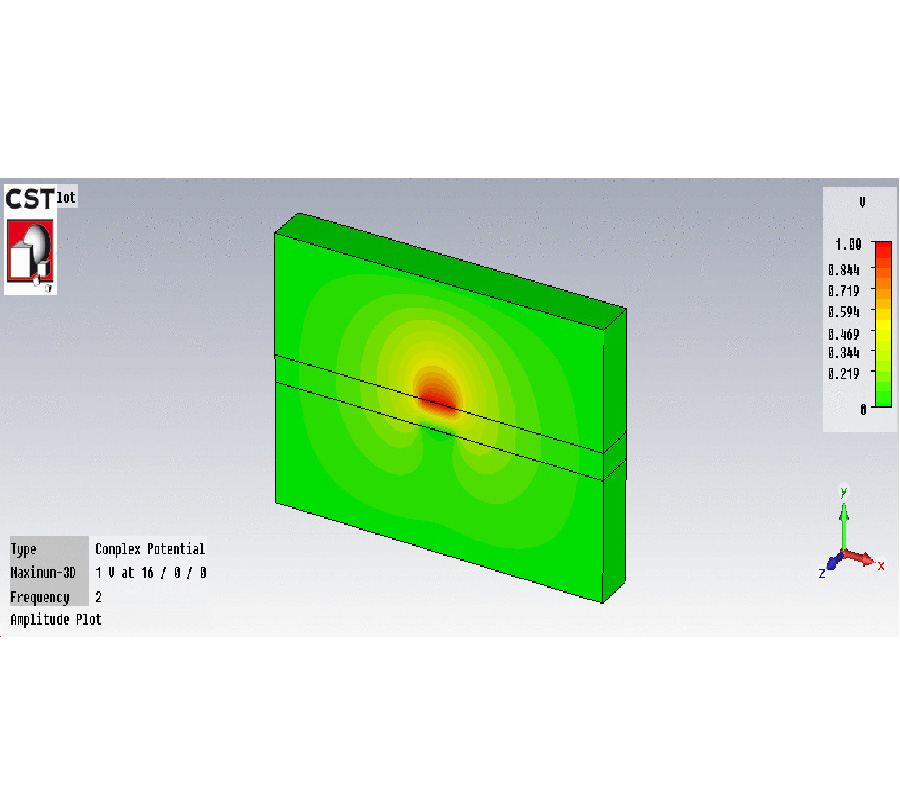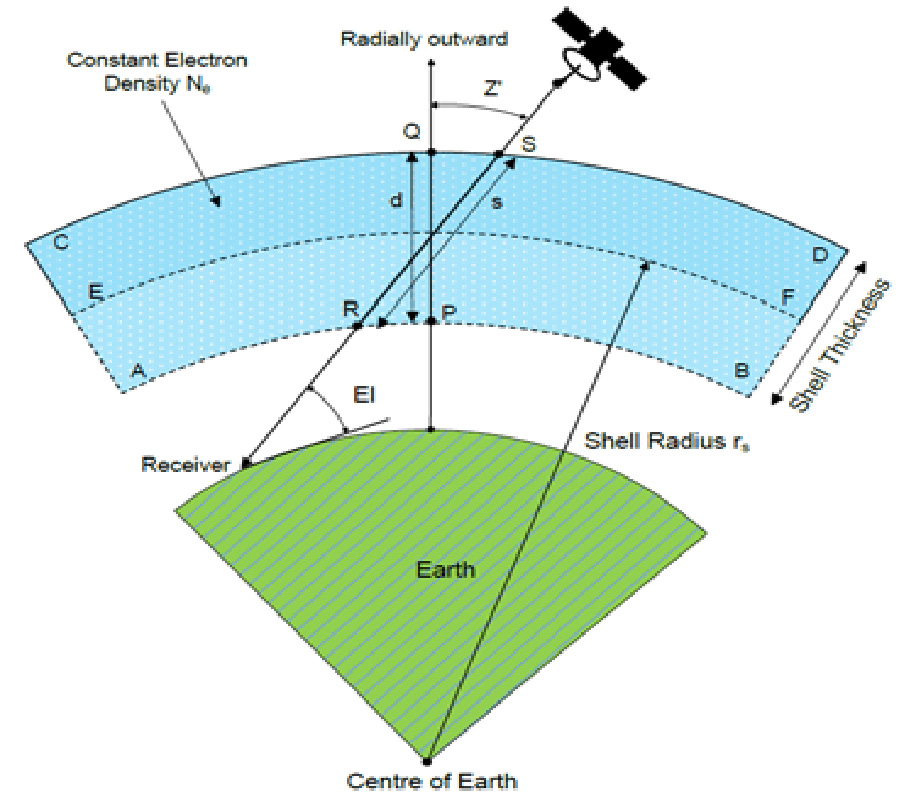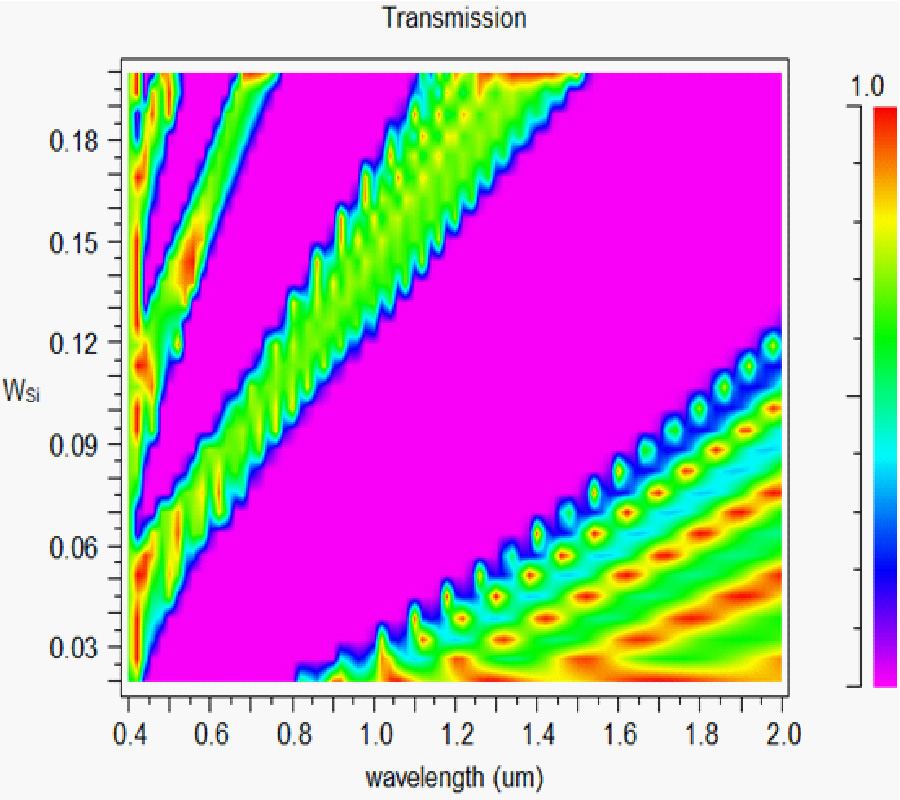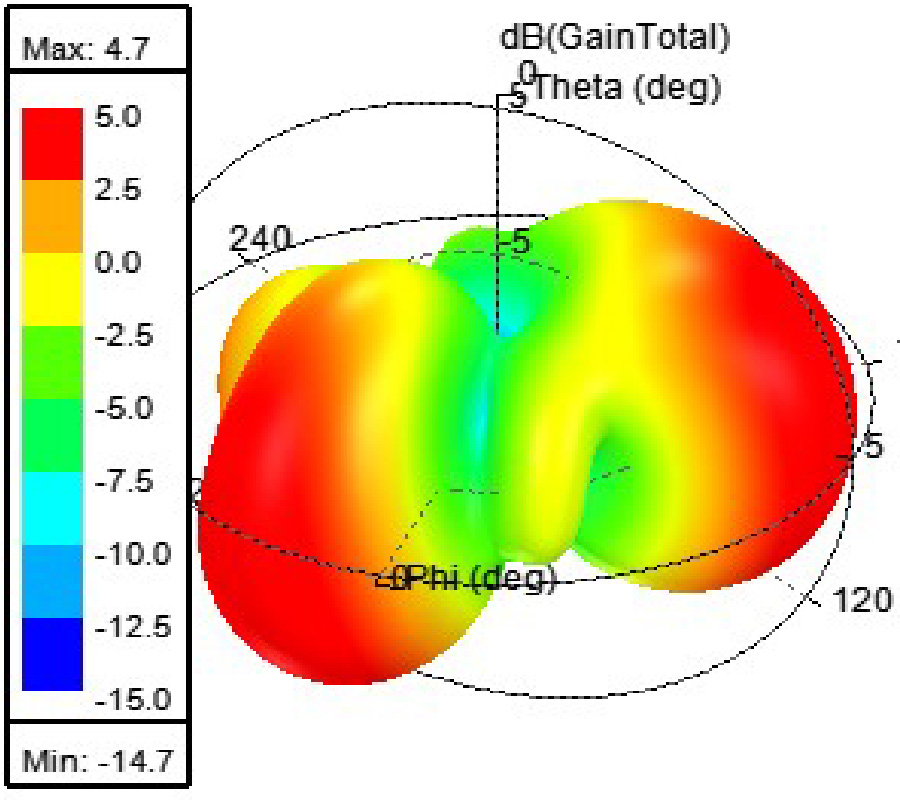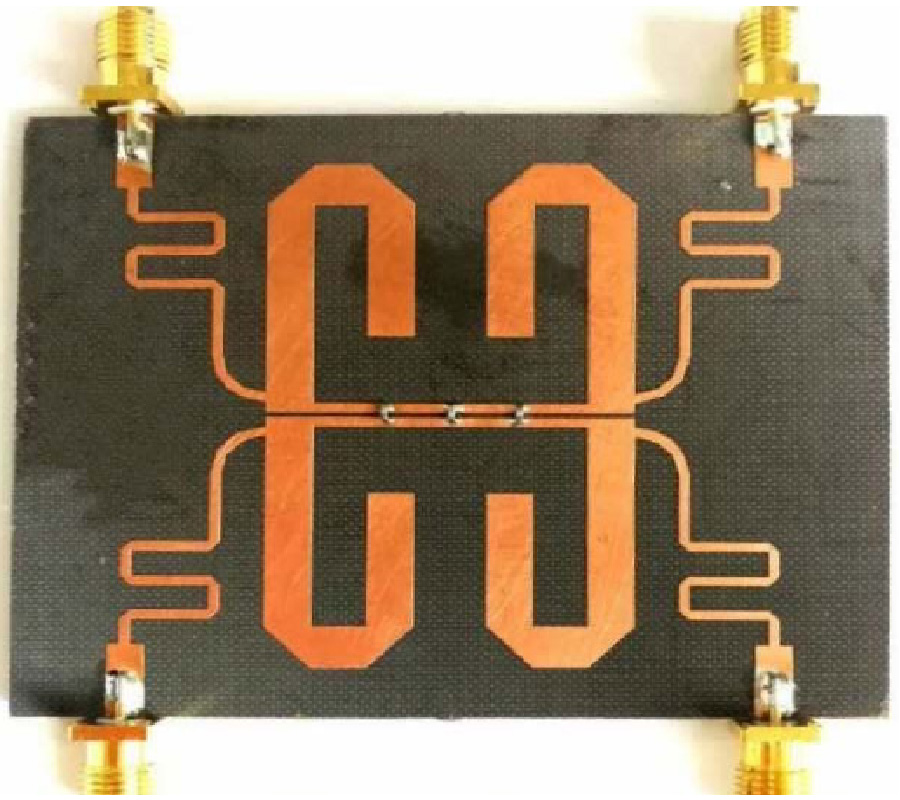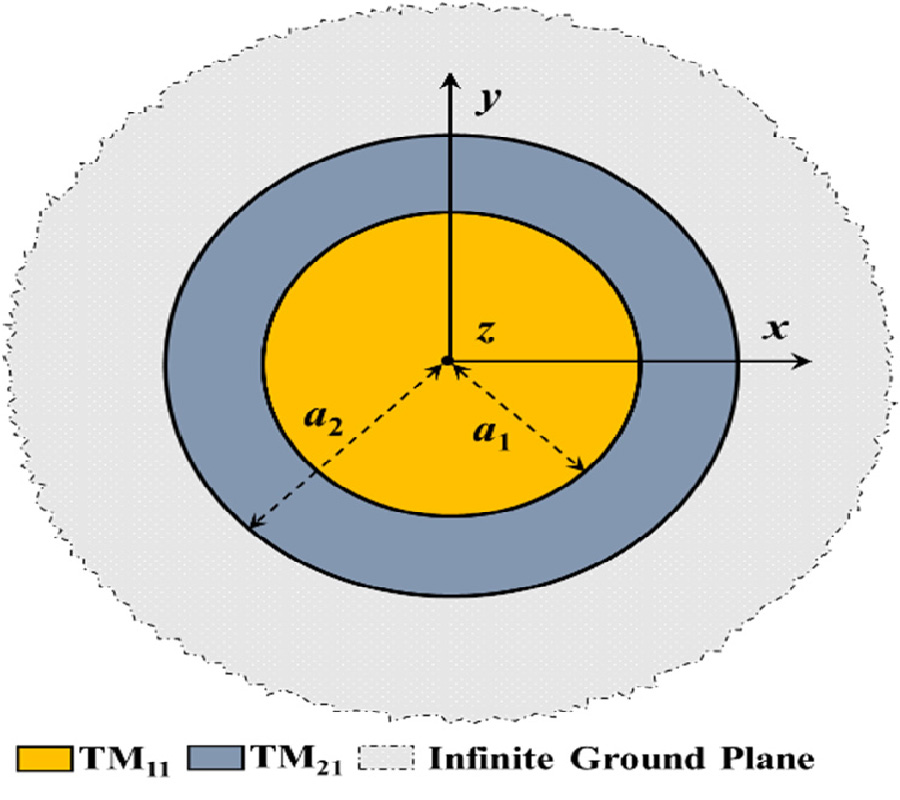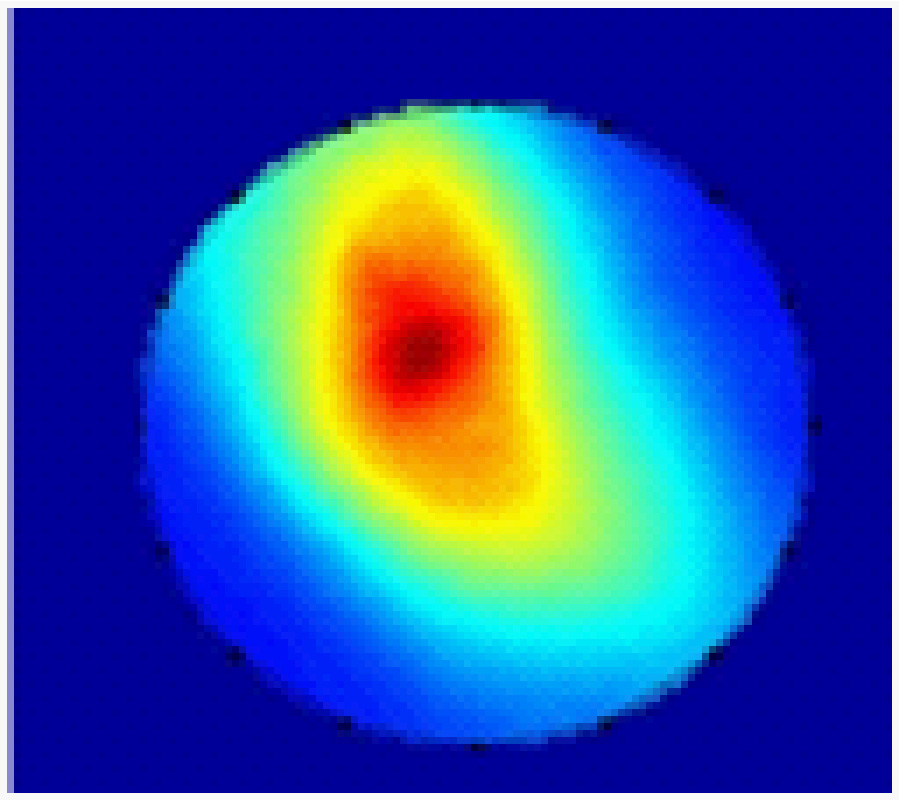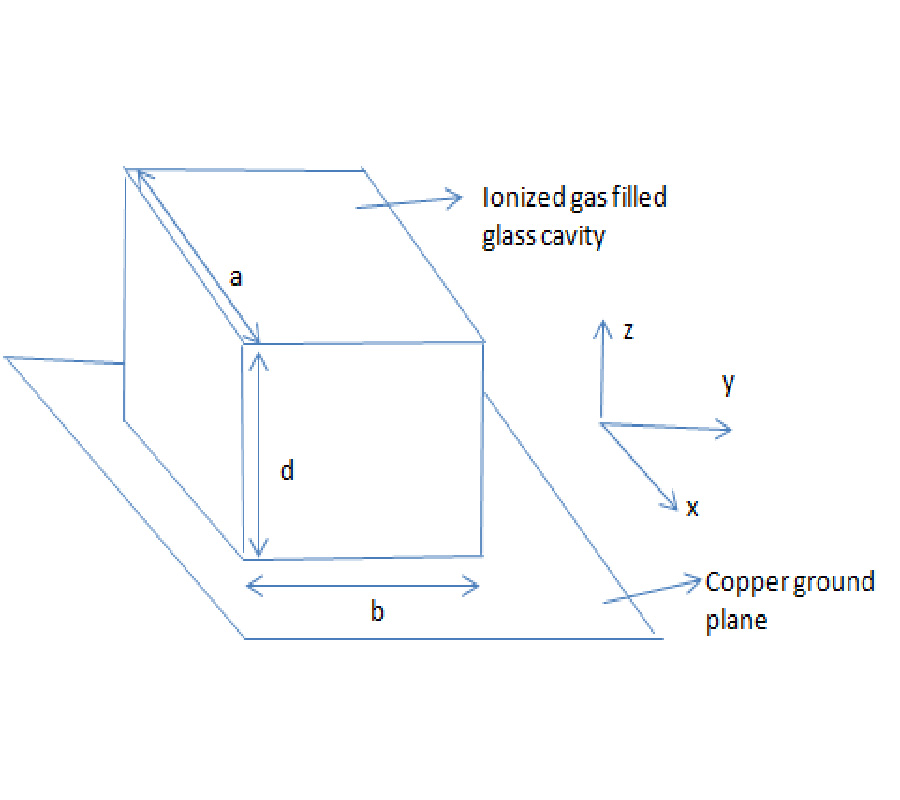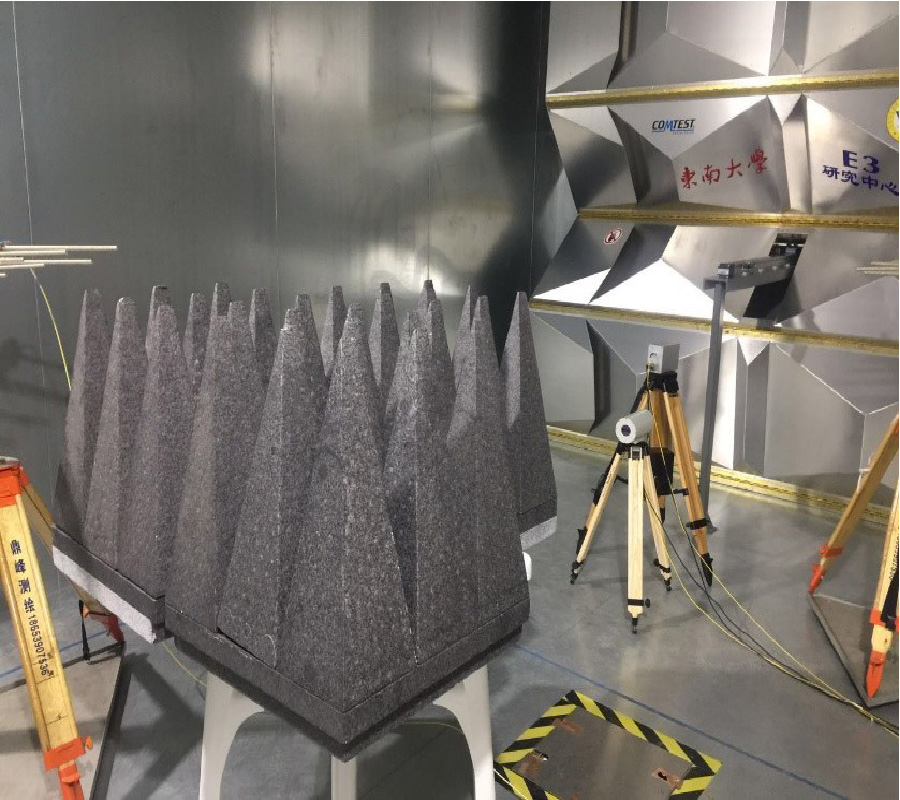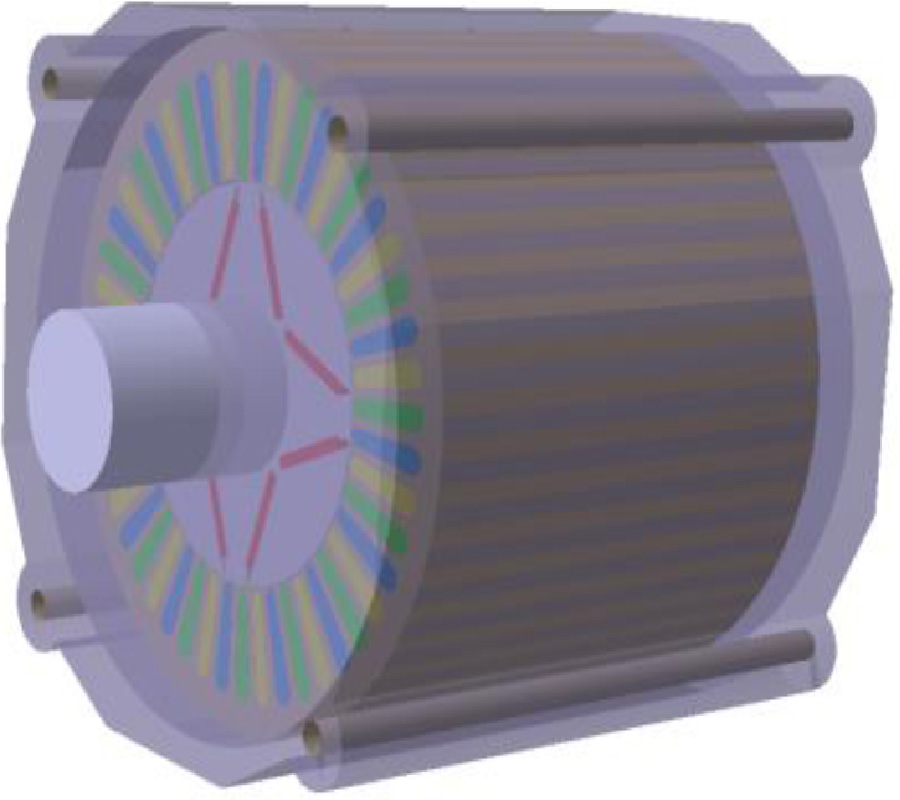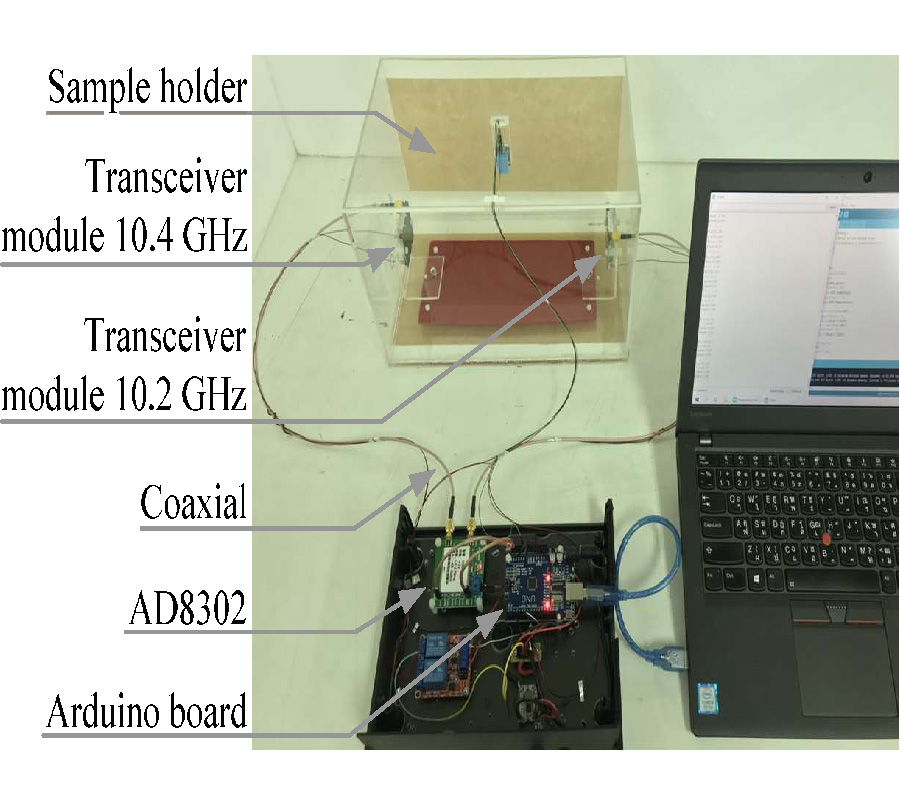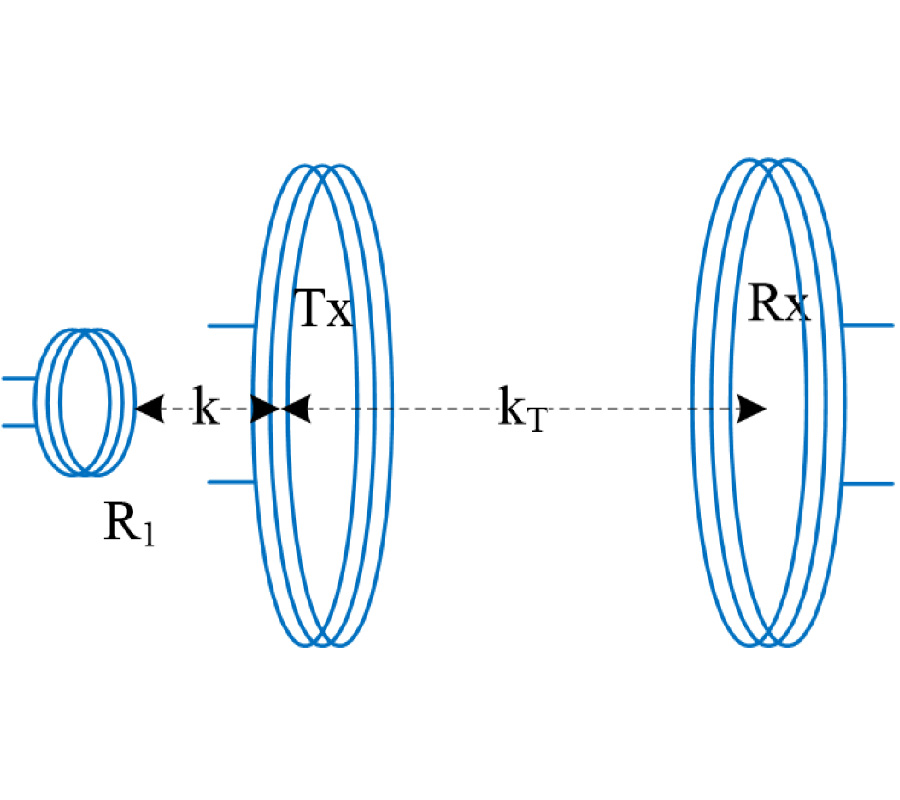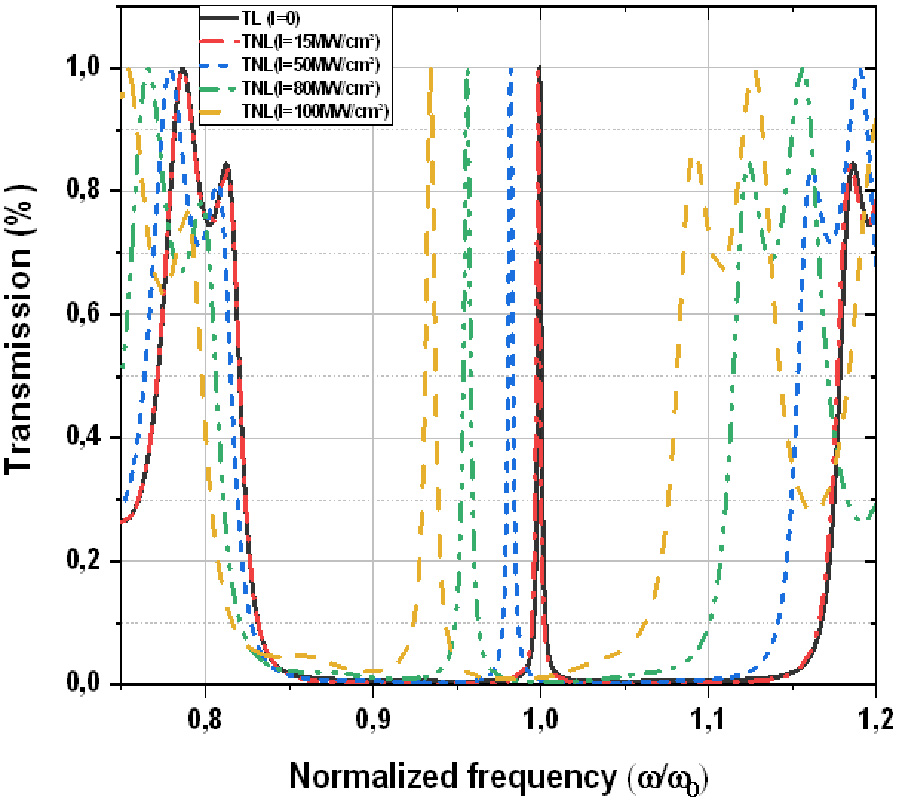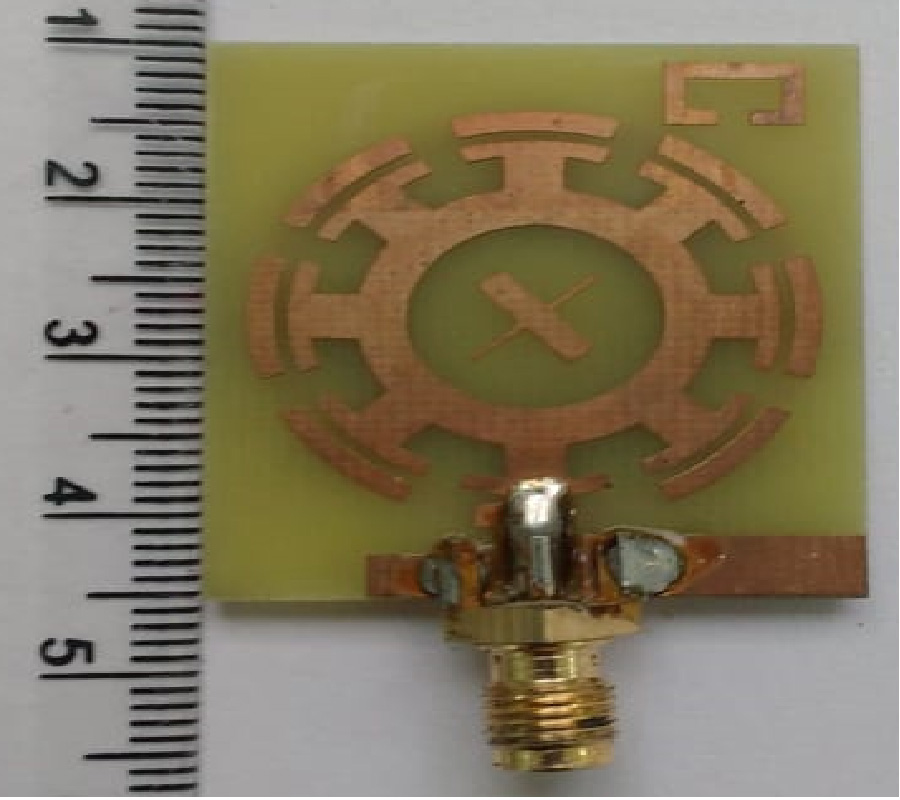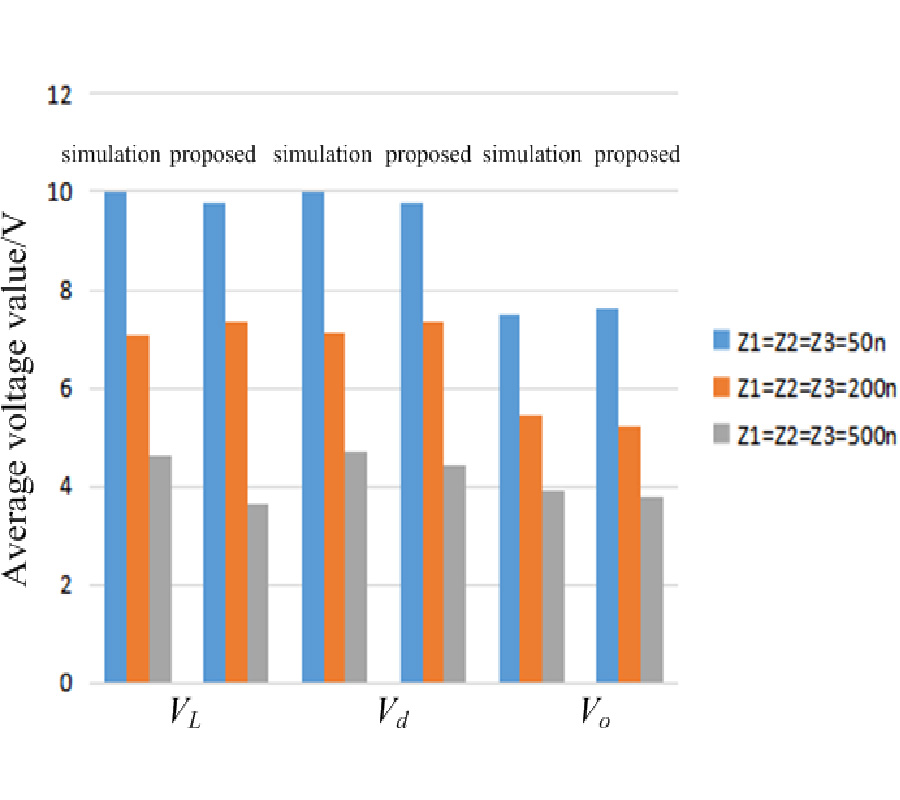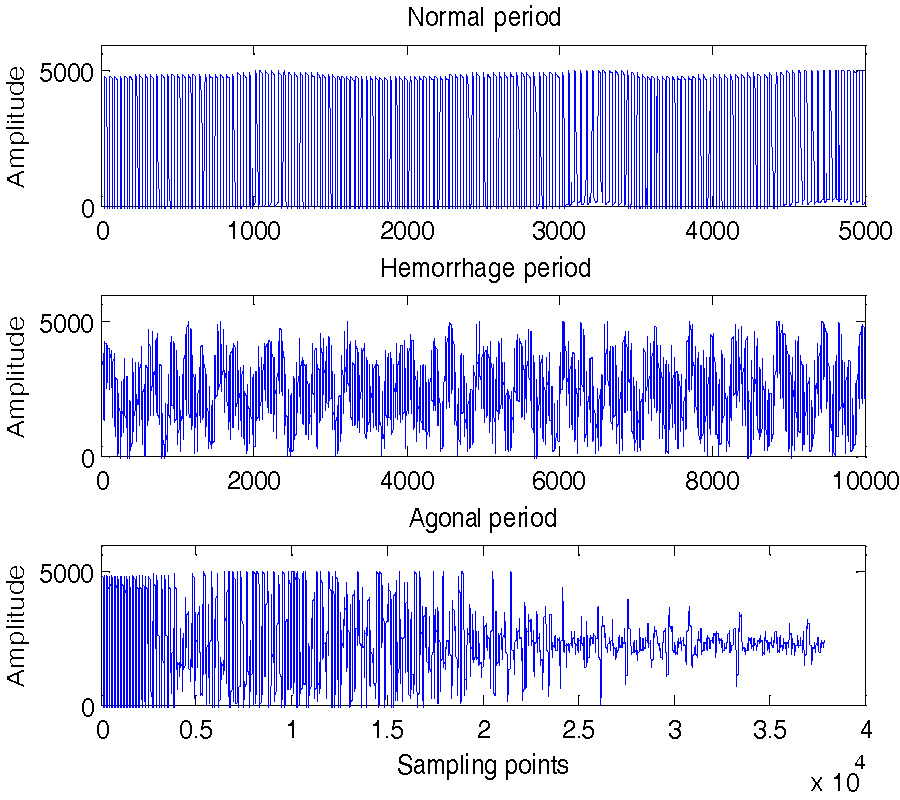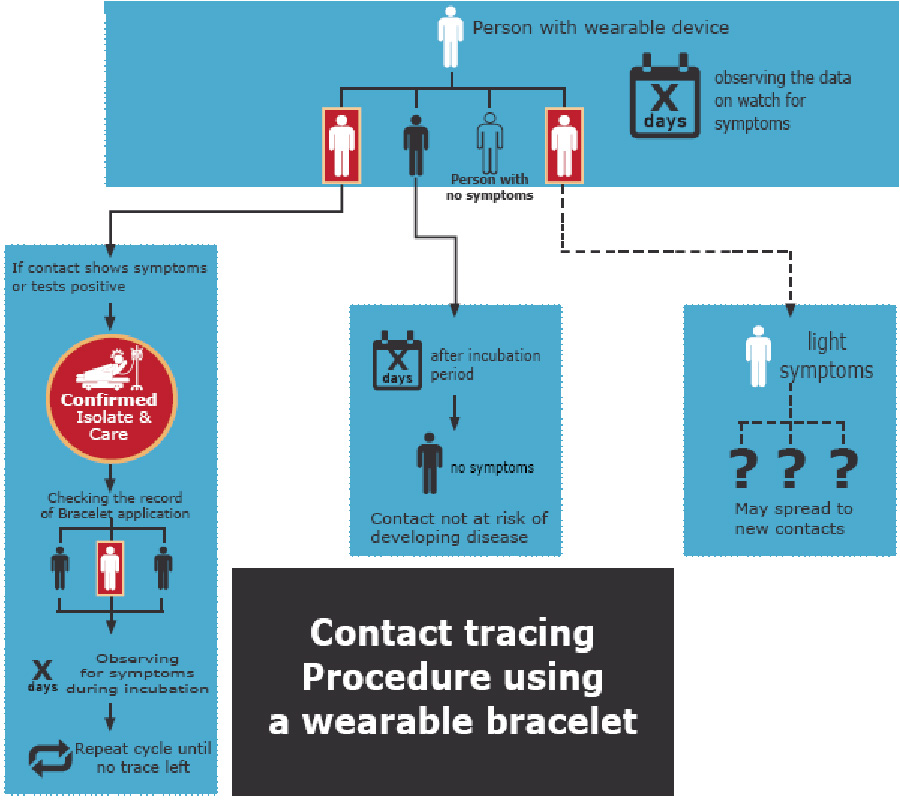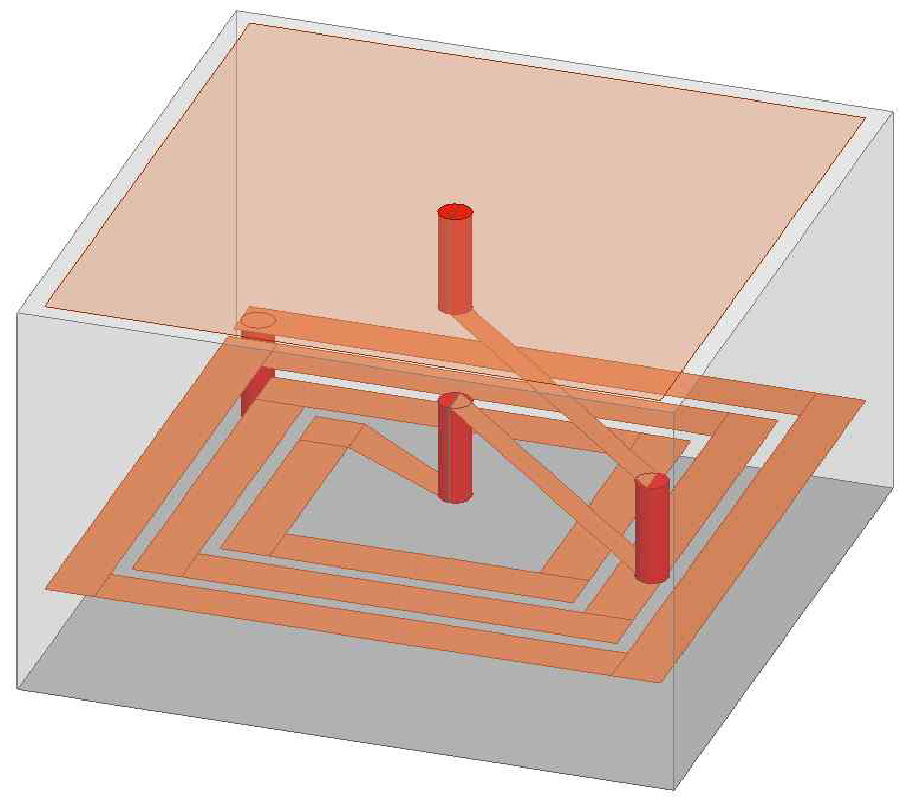Non-Contact Determination of Vital Signs Monitoring of Animals in Hemorrhage States Using Bio-Radar
Xiao Yu
,
Yue Yin
,
Hao Lv
,
Yang Zhang
,
Fulai Liang
,
Pengfei Wang
and
Jianqi Wang
With the rapid development and in-depth research of non-contact bio-radar-based detection technology, researchers have recently been putting more emphasis on target identification. Living status identification, a hotspot of target identification research, is particularly useful in search and rescue missions. During such missions, in order to rescue victims and provide corresponding medical support in a timely manner, it is necessary to acquire the survival information of victims, especially when they are injured. Hence, the vital signs extracted from a radar signal should be considered as the crucial parameters to reflect the living status. To determine living status through analyzing vital signs, this study utilized a bio-radar system to continuously monitor hemorrhagic animals, which simulated injured persons with hemorrhagic symptoms. Moreover, we defined and classified three survival periods based on changes in vital signs combined with a K-nearest neighbor algorithm (KNN) classifier. Experimental results show that we can approximately determine the current living status of animals with this method, which can aid in providing information for on-site rescue and follow-up medical treatment.
